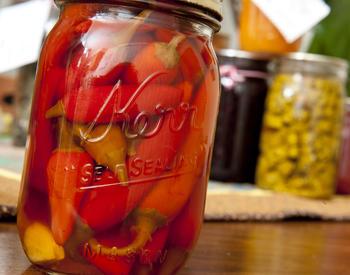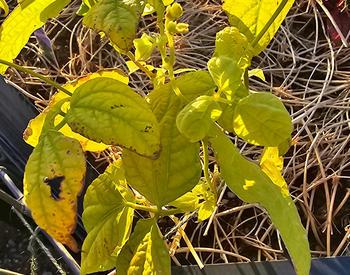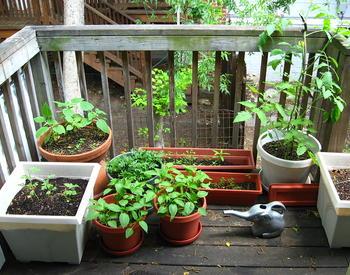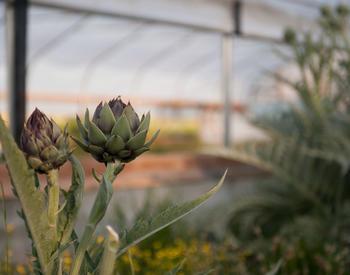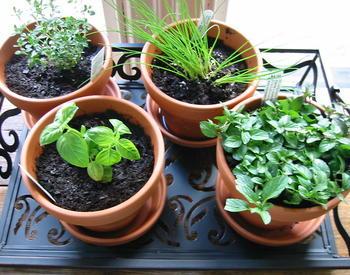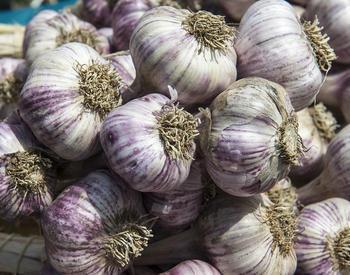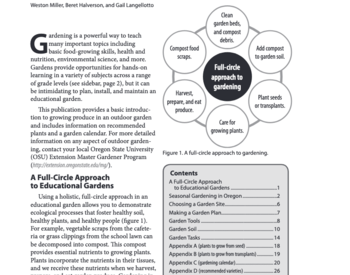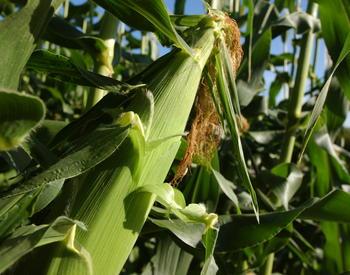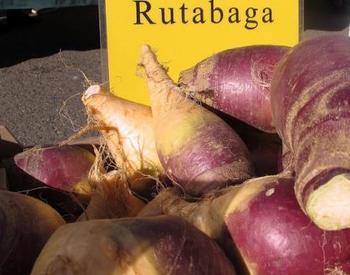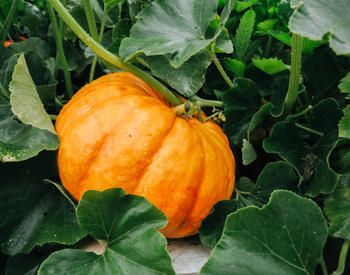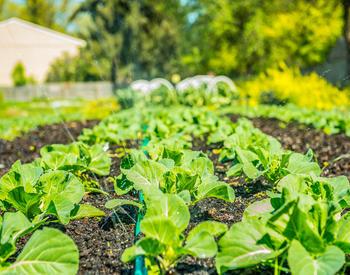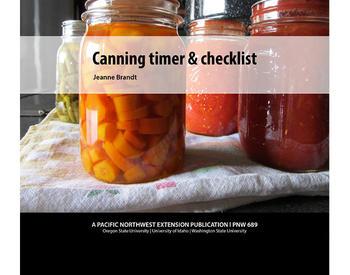CORVALLIS, Ore. – When chopped or ground, the leaves and seeds of fresh herbs release their oils and make food tastier. If dried at the right temperatures and stored effectively, herbs can continue their flavoring for as long as a year.
The best time to harvest herbs for drying is just before the flowers first open (the bursting bud stage), according to Carolyn Raab, food and nutrition specialist with Oregon State University Extension Service.
"Gather herbs in the early morning, after the dew has evaporated to minimize wilting," she said. "Label them when you pick them, because after drying many look alike. Rinse the herbs in cool water and gently shake to remove excess moisture. Discard bruised, soiled or imperfect leaves and stems."
You can dry herbs with a dehydrator or microwave, or air drying works for hardy herbs such as sage, thyme, rosemary, summer savory and parsley. It's important to keep the temperature below 100 degrees because high temperatures cause flavor loss.
Here are a few guidelines for different methods:
Dehydrator: Herbs dry quickly in a dehydrator and will produce high quality herbs. Place them on the trays and cover with a fine screen to catch dried leaves that fall from the stems. Preheat the dehydrator to 90 to 100 degrees. Dry one to three hours or until the herbs are dry and crumble easily.
Microwave: Microwave ovens are a fast way to dry herbs, but dry no more than one to two cups at a time. Place herbs in a single layer between two sheets of plain white paper towels; recycled towels often contain metal scraps that can arc and catch on fire. Check manuals for recommended times for drying herbs and OSU Extension publication SP 50-921, Drying Herbs, for a general guide for drying. Stir the herbs every 30 seconds after the first minute until almost dry, and then let them finish drying at room temperature. Herbs commonly dried in the microwave are parsley, celery leaves, chives, thyme and sage.
Air Drying: Sturdier herbs are the easiest to dry and can be tied in small bundles and air dried indoors for best color and flavor. Tender leaf herbs – basil, tarragon, lemon balm and the mints – are high in moisture and should be tied together in small bunches and hung inside a paper bag with cut vent holes. Close the top with a rubber band and place where air currents will circulate, such as an attic, kitchen or other warm location. The herbs with leaves, such as bay, mint and sage, can be placed on paper towels on a tray to dry in about five to 10 days. Sun drying is not recommended.
Herbs are dry when they crumble easily and brittle stems break when bent; leaves and seeds should fall from the stems. To store them, place dried herbs in an airtight container and keep in a cool, dark, dry location for optimum flavor and color. Use them within six months to a year. Whole seeds and leaves have the longest shelf life. For the fullest flavor crush or grind just before using.
